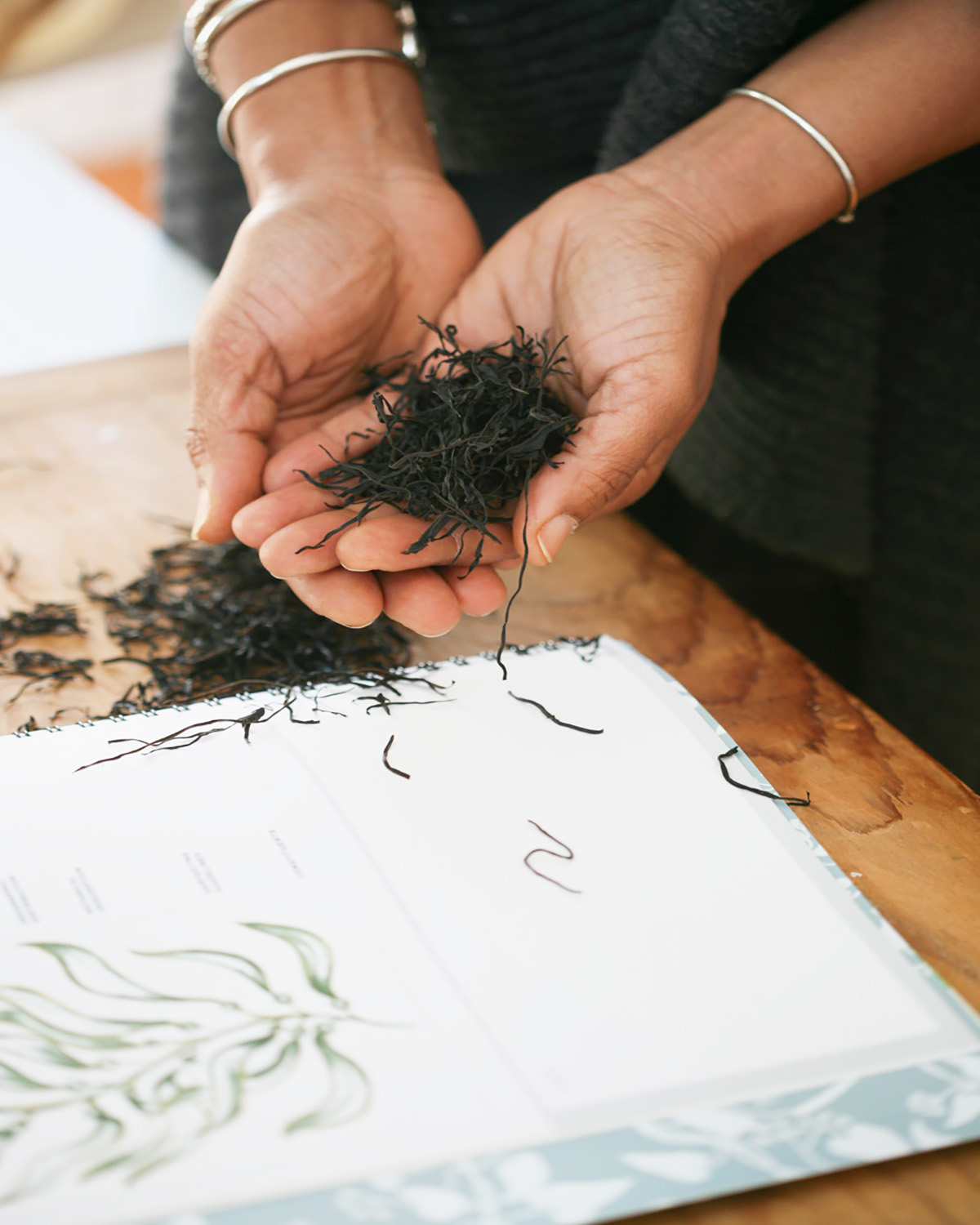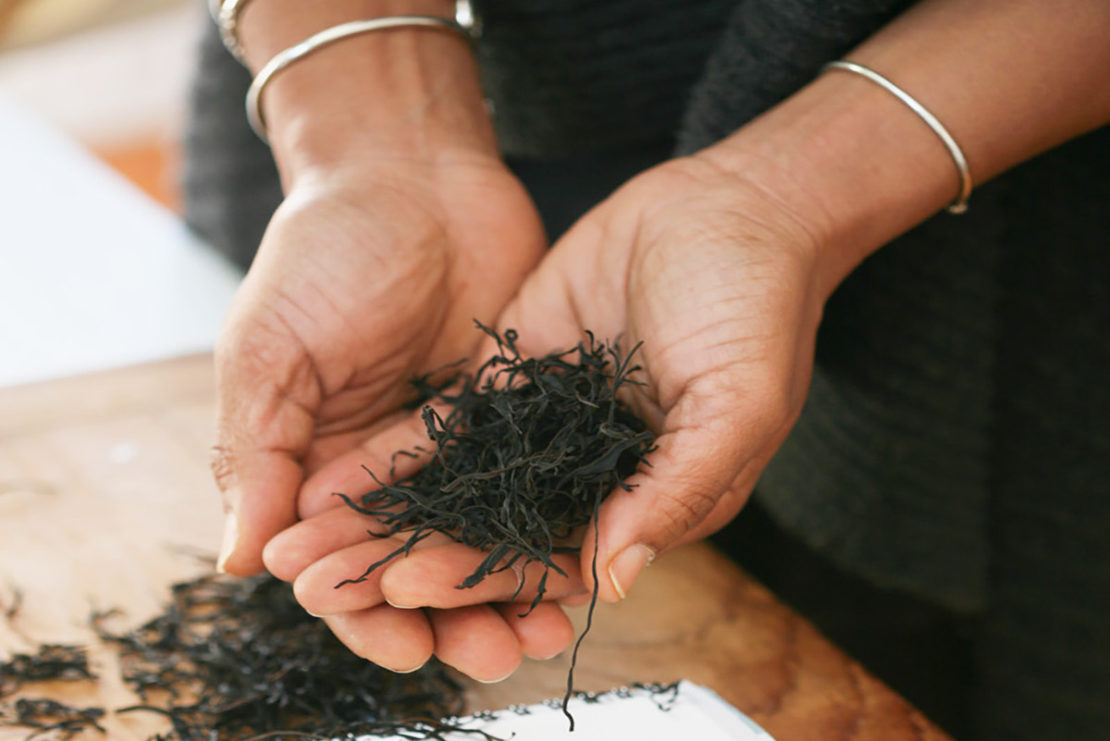
Seaweed 101: What You Need To Know And Why You Should Add It Into Your Materia Medica
Although seaweeds are not technically considered “herbs,” these aqueous plants have recently begun to receive attention in the eyes of herbalists for their high nutritive value, wellness-promoting qualities, and distinctly tasty nature. Although a variety of seaweeds have been consumed across the world for thousands of years, only recently have they begun to be referred to as a “superfood” and a more desired element of international and haute cuisine. In this article, I break down some of the essential aspects you need to know about seaweed, how to start adding seaweeds into your herbal formulas and materia medica, and important considerations for seaweed sourcing. Before you know it, seaweeds will become an easy addition to your herbal formulas, diet, and even your self-care routine! Read on for a short course in Seaweed 101.
What You Need To Know About Seaweed
At a glance, the world of seaweed appears quite vast and complex when you consider the large number of different species and varieties that exist around the world. Don’t let this intimidate you from using them though! Although there are many different types of seaweeds to learn and draw from in your practice over time, here are some essential guiding points you need to know about seaweed.
First of all, the word “seaweed” is loosely applied to the larger and more complex marine algae called “macroalgae” (Mouritsen, 2013). Technically when people refer to “seaweeds,” they are referring to this type of marine algae. There are three main categories of seaweed from a botanical perspective: brown (Phaeophyceae), red (Rhodophyta), and green (Chlorophyta). Although the physical color of the seaweed often aligns with the name of the category, this is not always the case! Seaweeds are categorized based on many different botanical qualities, not only their color pigment (Drum, 2008). Typically, phycologists and seaweed experts will suggest intaking a balance of all three categories of seaweed regularly and diversifying the way you prepare them through enjoying them raw, cooked, and fermented (A. Willard, personal communication, May 2018).
Seaweeds are a well-known component of Japanese and Chinese cuisines where 10% of the daily diet is seaweeds! Why are seaweeds such a crucial component of these diets? Aside from being readily available to harvest around the coastal areas, seaweeds are chock full of nutrients. In general, seaweeds tend to carry 10-20% more nutrients than other vegetables, in theory, due to the fast-moving currents flowing through them (A. Willard, personal communication, May 2018). Seaweeds contain all of the essential minerals needed for healthy metabolic function and no land plant comes even remotely close in comparison (Bergner, 1997). Some of the key minerals and elements that are abundant in seaweeds include potassium, calcium, magnesium, zinc, copper, chloride, sulfur, iron, manganese, phosphorus, sodium, selenium, and iodine. (Note that some individuals, especially those with thyroid disease and seafood allergies, are extremely sensitive to iodine and their intake of seaweed and other iodine-rich foods or supplements should be monitored closely (Drum, 2008).)
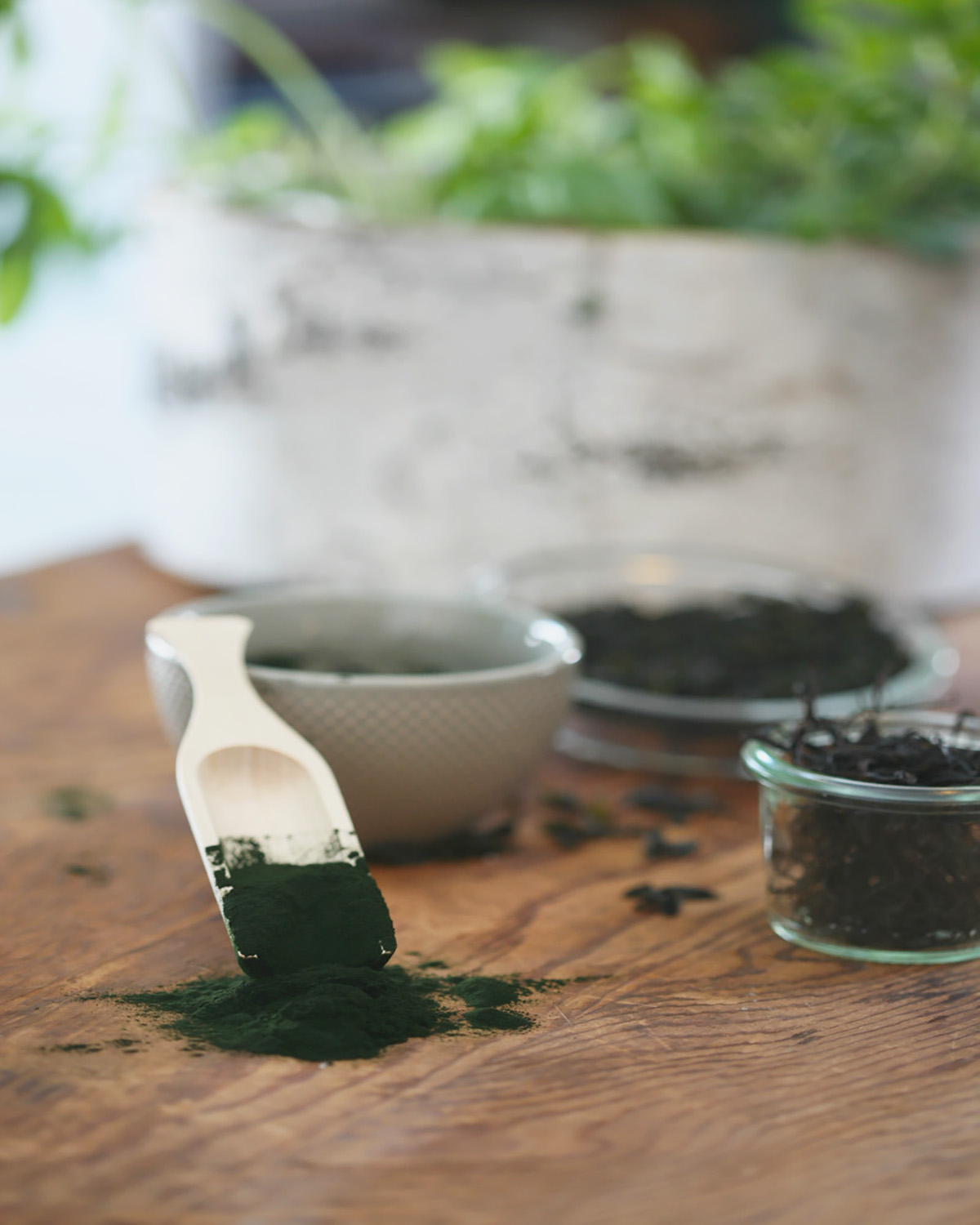
Typically the large brown seaweeds are more densely packed with trace minerals than the red varieties (reference the last section in this article for a short list of common seaweeds divided by category). Seaweeds are also rich in a variety of essential vitamins including vitamins A, C, D, and a variety of B vitamins (depending on the species and preparation of seaweed), but the benefits don’t stop there! Seaweeds also contain significant amounts of omega-3 fatty acids, an essential part of healthy cardiovascular health and inflammation levels (A. Willard, personal communication, May 2018; Drum, 2008).
Based on a clinical observation by seaweed specialist Ryan Drum, it typically takes 2-4 months to “wake up” our digestive receptors and enzymes as our body learns how to efficiently digest seaweeds since seaweeds are not a staple part of many Western diets (Drum, 2008). Given the time and internal resources it may take for our digestive flora to start recognizing the molecular structure of seaweeds and how to use them as food, it is ideal to implement seaweeds into your diet in small daily amounts instead of large amounts on occasion (A. Willard, personal communication, May 2018; Drum, 2008). Since it can take some people longer than others to adjust to digesting and assimilating seaweeds, the positive health benefits from regular seaweed consumption typically take more time to become obvious as well. Ultimately, seaweeds take time and regular consumption to “work their magic” in the body.
How To Add Seaweed Into Your Materia Medica
Now that we know the basics about seaweed, you might be wondering how you can start incorporating it into your materia medica. Even though seaweeds are not technically considered herbs, they can be easily added into your herbal formulas, topicals, and as a supplemental “superfood” in herbal-based protocols. Here are several different approaches you can take to start working with seaweeds today.

For a Nutritive Boost
Given the extensive list of micro and macronutrients that seaweeds contain, they are of obvious benefit for nutritional deficiencies and the symptoms or conditions connected to them. Seaweeds serve as a wonderful complement to your diet next to a tasty nutritive herbal tea and additional supplements depending on the state of the deficiency. As I mentioned earlier, it is typically suggested to incorporate a balance of all three seaweed types (brown, red, and green) in a variety of different preparations (raw, cooked, and fermented) to receive the most comprehensive nutritional support from seaweeds. Seaweeds make a great addition to herbal-infused broths and blended into vegetable-rich soups! Another easy and delicious way to add a bit of seaweed into all of your savory dishes is through incorporating it into your own herbal culinary salts.
To Promote Deeper Sleep
Although it is not as commonly discussed, seaweeds are also rich in melatonin, a natural hormone which can help promote deeper sleep (Drum, 2008; Ferracioli-Oda et al., 2013). Their abundant melatonin content might be the answer to why some people find seaweeds to be naturally relaxing. You can incorporate seaweeds into your herbal sleep cycle protocol by adding them into your dinner or enjoying an herbal-infused broth with seaweed before bed. You can also reap the calming benefits from seaweed by adding some to your evening bath.
It’s important to note that not all seaweeds contain the same amount of melatonin. For instance, seaweeds harvested at night have been found to be more abundant in melatonin than those harvested during the day (Drum, 2008).
For Viral Support
One powerful way to add seaweeds into your materia medica is for viral support. In one landmark study, carrageenan extracted from red seaweed was found to significantly inhibit human papillomavirus (HPV) (Buck et al., 2006). The viral support doesn’t stop there: fucoidan, a constituent found in most edible brown seaweeds, can interfere with every stage of a viral attack, making it a useful ally in supporting the clearance of herpes outbreaks, HIV, and HPV (Drum, 2008). In addition, the gigartina variety of red marine algae is a popular supplemental seaweed that has been found to offer great support in the clearance of herpes outbreaks.
Adding seaweeds into your diet or supplementing with them in encapsulated form can be a great addition to your herbal protocols and other therapeutics for viral support. Note that fucoidan, in particular, can be easily cooked out when heated so enjoying these brown seaweeds raw or fermented would be more ideal here (Drum, 2008).
As a Skin-Nourishing & Sore Muscle-Soothing Topical
Although seaweeds are commonly frowned upon and deemed undesirable when swimming in the ocean or sea, they can actually offer a world of benefit for your skin and through your skin since their vitamins and minerals can be directly absorbed transdermally (R. Drum, personal communication, 2015; A. Willard, personal communication, May 2018). (Note that although some vitamins and minerals may be absorbed transdermally, the exact amounts and types that are more prone to transdermal absorption are unknown scientifically and could vary significantly depending on the application used.) Traditionally, English Victorians would retreat to the coast of Ireland and soak in luxurious baths filled with seawater and gallons of fresh brown seaweed to stimulate circulation, ease aches and pains, and even calm swollen prostate glands. In the early 1900s, seaweed was so revered for promoting skin sensitivity and health, that seaweed bath houses were a popular attraction around England and Ireland (Drum, 2008).
Nowadays, you can easily add dried or dehydrated seaweeds into your herbal bath at home for a relaxing, skin-nourishing soak. High-end bath products can be found with seaweed flakes blended in them, and you can even find seaweed extracts incorporated into shampoos, lotions, and other topicals. If you’re feeling fully ready to immerse yourself in the world of seaweed, you can even create a slimy, seaweed face mask or body wrap by soaking long pieces of bull kelp in water and covering the skin in all its goopy glory (R. Drum, personal communication, 2015).
Not All Seaweeds Are The Same
Like any herb you use, it’s important to take note of where your seaweeds are harvested from and the quality of the water and surrounding environment there. Not all seaweeds are created equal, even if they are of the same species or botanical variety. Seaweeds are well-known for their detoxifying properties (another great way to weave them into your materia medica), which means they can help promote healthy detoxification throughout the body and within the external environment as well (Mouritsen, 2013).
Since seaweeds can act as decontaminants in the water, when they are harvested from a compromised environment, they have likely accumulated some of those toxic elements as well. Remember to always do your research before using seaweeds as the state of the waters they are harvested in are constantly changing.
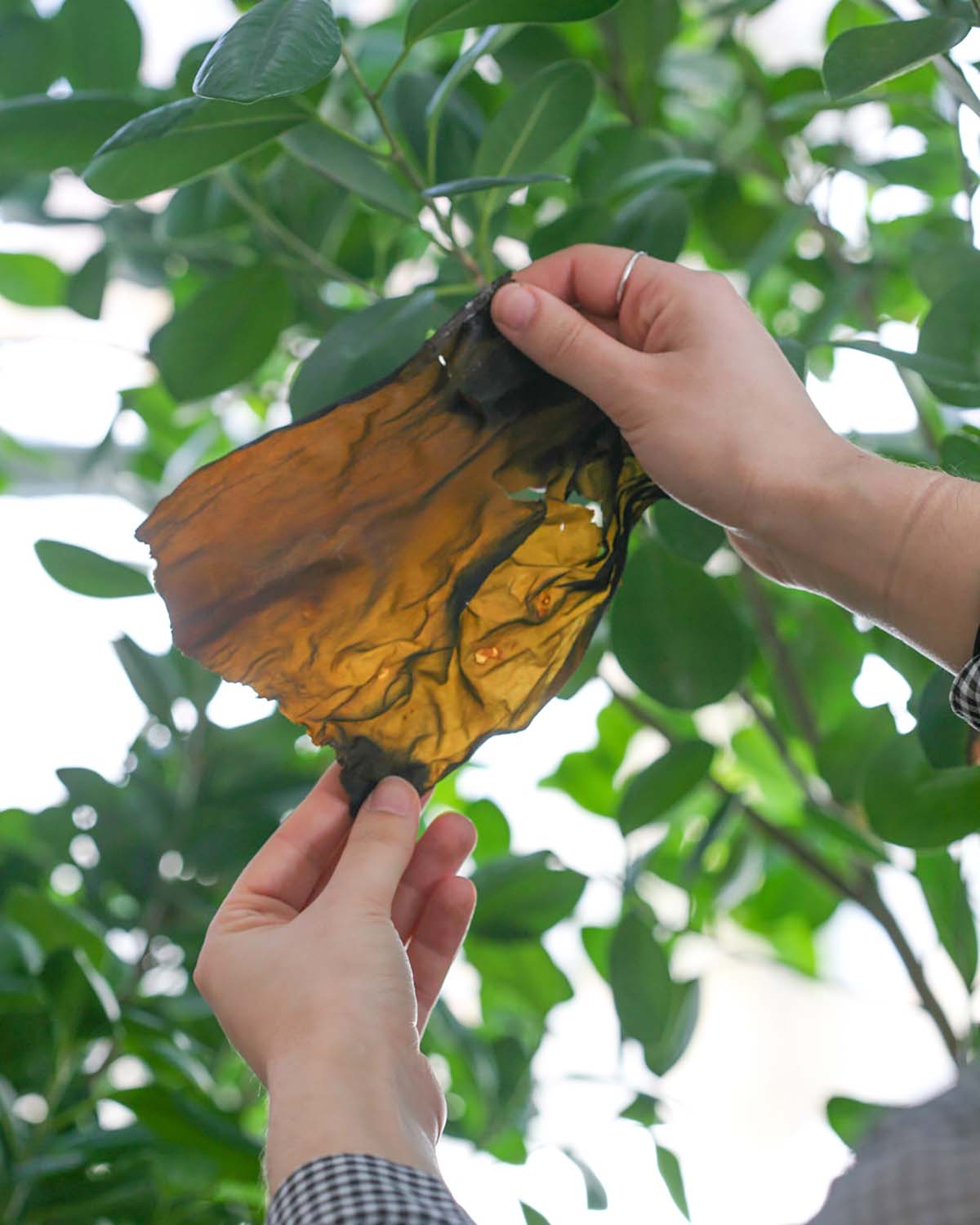
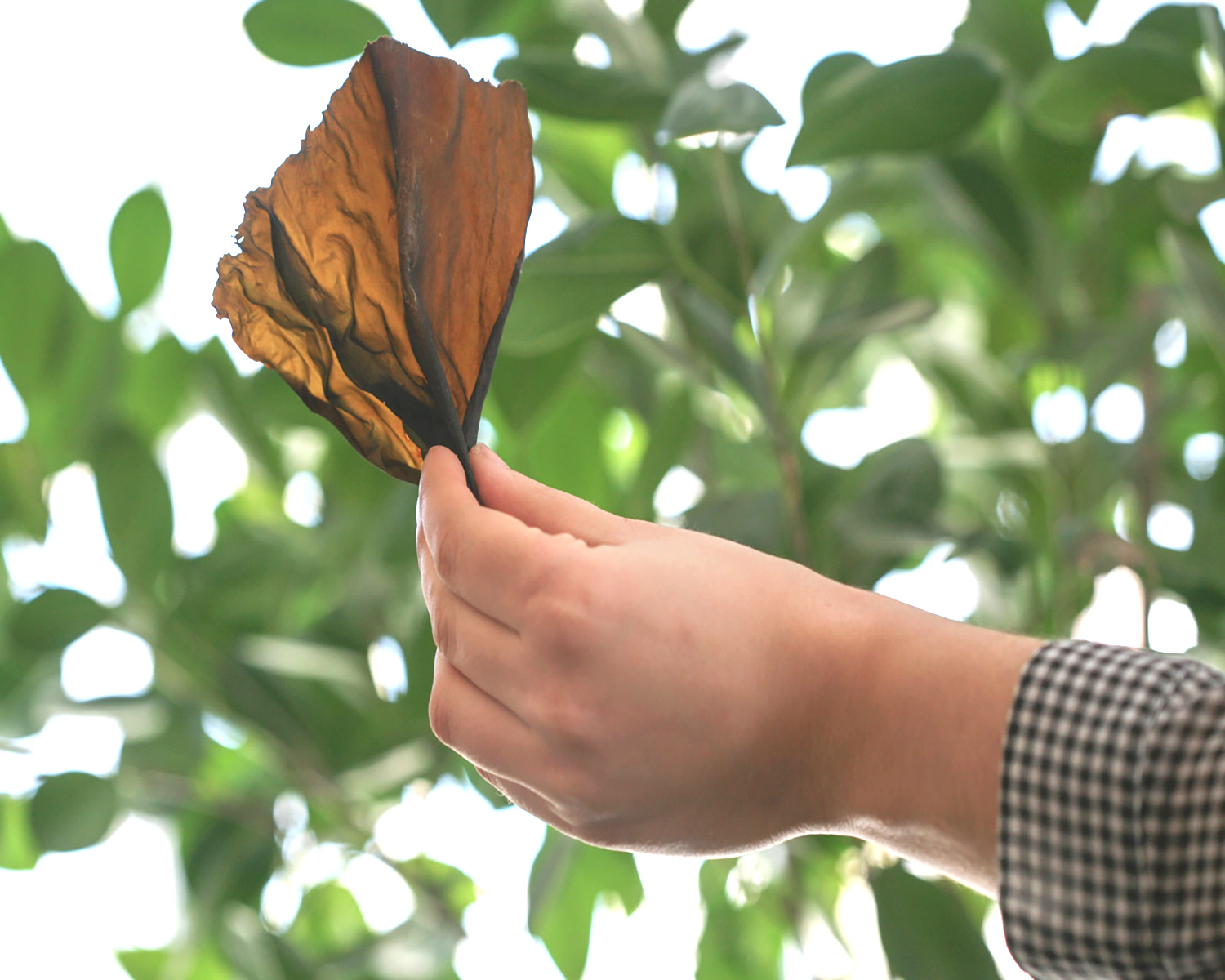
Common Seaweeds by Category
Here is a list of more commonly found and used seaweeds divided by category for easy reference as you start adding them into your materia medica:
Brown
- Bladderwrack (Fucus vesiculosus)
- Kombu (Saccharina japonica)
- Wakame (Undaria pinnatifida)
- Hijiki (Sargassum fusiforme)
- Bull Kelp (Nereocystis luetkeana)
- Other various kelps
Red
- Nori (Porphyra umbilicalis)
- Irish Moss (Chondrus crispus)
- Dulse (Palmaria palmata)
Green
- Chlorella (Chlorella vulgaris)
- Sea Lettuce (Ulva spp.)
Time To Dive In
As Chinese philosopher Sze Teu wrote in 600 BCE: “Seaweed is a delicacy fit for the most honored guests, even for the king himself” (Mouritsen, 2013). Seaweed is not only an age-old culinary delicacy but also an honorable addition to our materia medica. Now that you know some of the basics in Seaweed 101, are you ready to dive in? One way to start is by adding seaweed into your herbal spring cleanse this year.
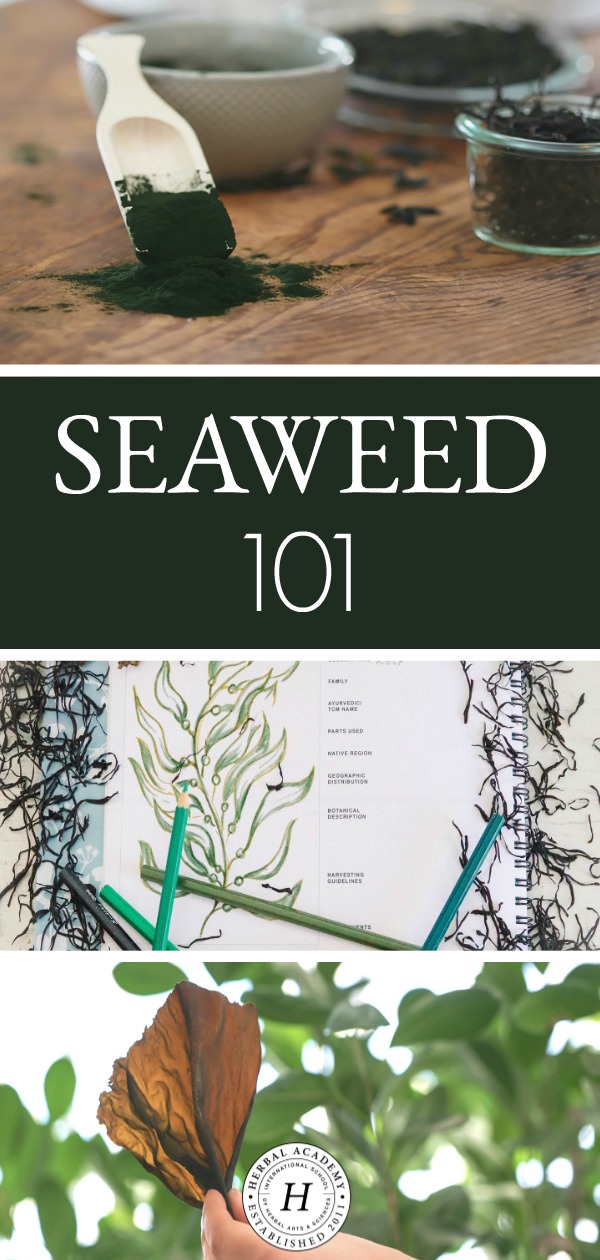
REFERENCES
Bergner, P. (1997). The healing power of minerals, special nutrients, and trace elements. Placer County, CA: Prima Lifestyles Publishing.
Buck, C.B., Thompson, C.D., Roberts, J.N., Müller, M., Lowy, D.R., & Schiller, J.T. (2006). Carrageenan is a potent inhibitor of papillomavirus infection. PLoS Pathogens, 2(7), e69. http://doi.org/10.1371/journal.ppat.0020069
Drum, R. (2008). Medicinal uses of seaweeds. Retrieved from: http://www.ryandrum.com/seaweeds.htm
Ferracioli-Oda, E., Qawasmi, A., & Bloch, M.H. (2013). Meta-analysis: Melatonin for the treatment of primary sleep disorders. PLoS One, 8(5), e63773. http://doi.org/10.1371/journal.pone.0063773
Mouritsen, O.G. (2013). Seaweeds: Edible, available, and sustainable. Chicago, IL: University of Chicago Press.

